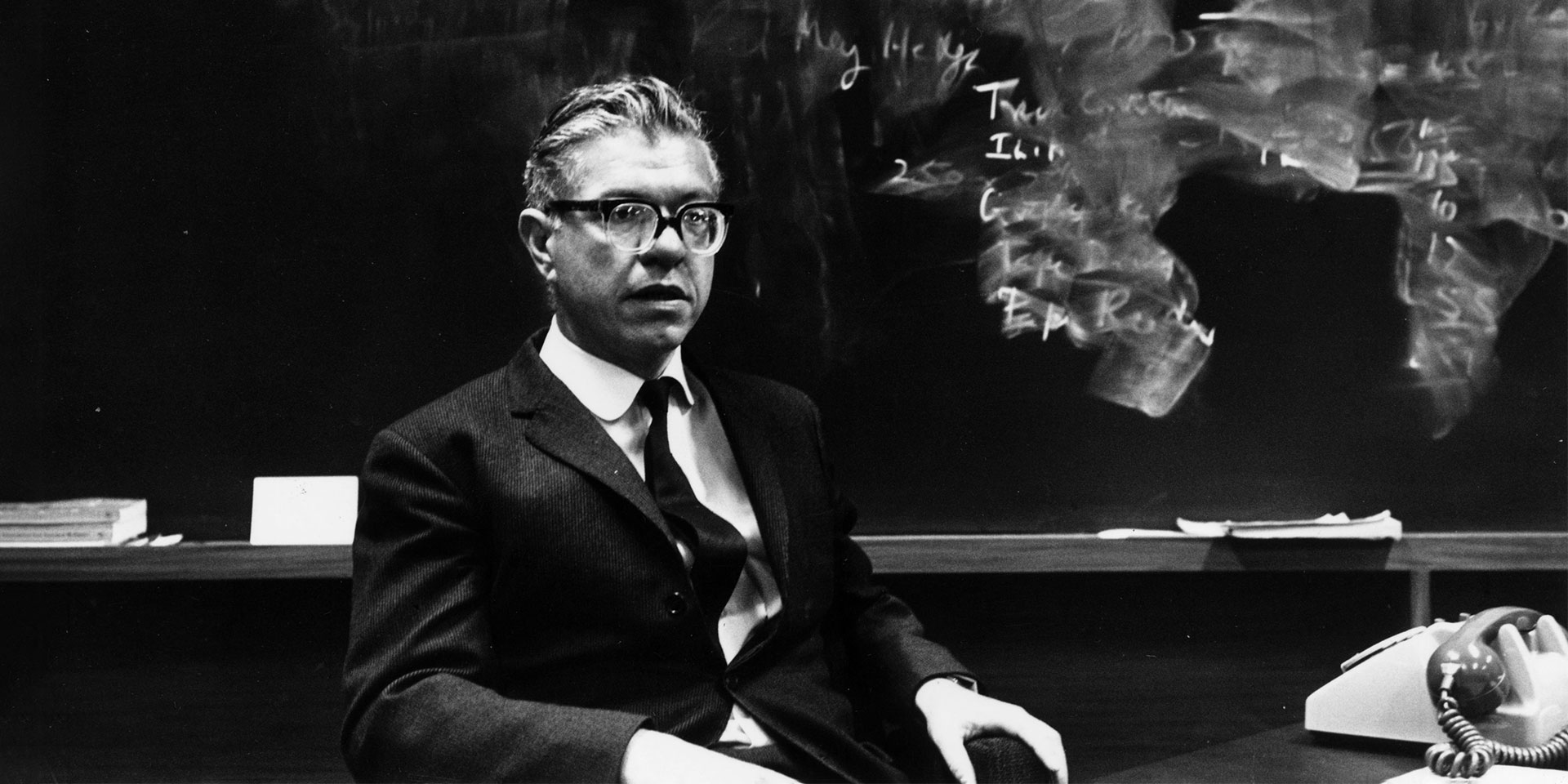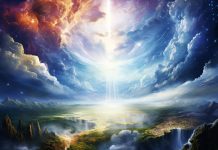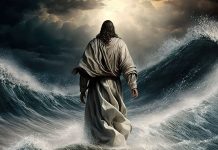The spontaneous generation of life on Earth is as likely as a whirlwind putting a Boeing 747 together using scattered spare parts in a junkyard.
This is the essence of the famous comparison made by astrophysicist Fred Hoyle. Among the authors who explore the origin of life on earth, few have failed to include Hoyle’s famous comparison in their writings.
Fred Hoyle was a controversial scientist. On the one hand, he is the one who gave the name to the Hoyle state, by which, starting from the anthropic principle, he managed to presume the necessary conditions for the formation of carbon observed in huge quantities in the Universe and essential for the existence of life (subsequently Hoyle’s theory was experimentally validated by William Alfred Fowler, for which he won the Nobel Prize in 1983).
Following his own observations, Hoyle began to believe that there was an intelligence behind the generation of life on earth, although he never associated that intelligence with God. “A common-sense interpretation of the facts suggests that a superintellect has monkeyed with physics, as well as chemistry and biology, and that there are no blind forces worth speaking about in nature. The numbers one calculates from the facts seem to me so overwhelming as to put this conclusion almost beyond question,” he concluded.
On the other hand, what discredited him and probably made him lose the Nobel prize was his consistent rejection, right up until his death (2001), of the Big Bang theory, which he himself had named as such on a BBC radio show in 1950. Instead, he kept arguing his own theory despite all the counter-arguments.
In this context, Hoyle’s comparison (published in 1986) was not widely known until evolutionary biologist Richard Dawkins called it, in his book, The Blind Watchmaker (1991), a “memorable misunderstanding” about how evolution and natural selection work. “My answer is that natural selection is cumulative. (…) Small improvements are added bit by bit,” says Dawkins in 2003, in A Devil’s Chaplain. Following Dawkins’ comment, which sought to point out Hoyle’s “misunderstanding”, other evolutionists also rejected the comparison, based on the same arguments.
The obvious paradox, however, is that those who criticized Hoyle for misunderstanding natural selection failed to understand the terms of the evaluated comparison themselves. Hoyle’s critics do not seem to have realized that the “Boeing argument” refers to the emergence of life on earth. The origin of the first protein, the first DNA, the first cell, is a different matter from the Darwinian accumulation of mutations suffered by living organisms. In other words, even though life forms have evolved according to the Darwinian process, does this explain the emergence of life?
Today, science claims that life began on Earth 3 billion years ago, evolving from the simplest organisms to the incredible biological diversity that exists today. However, scientists do not have a definitive answer regarding the way in which these first life forms appeared on Earth.
There are at least seven known scientific theories that try to provide a solution to the mystery of life on earth:
The electric spark. The famous Miller-Urey experiment, published in 1953, suggested that lightning could have helped to create the basic elements needed to build life, which have evolved over millions of years.
Clay. The first life molecules may have come together in clay, according to an idea developed by chemist Alexander Graham Cairns-Smith of the University of Glasgow, Scotland. Cairns-Smith suggested that in clay, mineral crystals would have caused organic molecules to organize as DNA causes proteins to form in amino acids. Later, the molecules became complex enough to organize themselves further.
Hydrothermal vents. This theory suggests that life began in the hydrothermal “vents” of the earth’s crust, which provided hydrogen-rich molecules, and these together produced the reactions necessary for life.
Ice. Fragile organic mixtures would have been protected under hundreds of meters of ice that covered the earth 3 billion years ago, according to this theory. As such, neither ultraviolet rays nor other elements could destroy this organized matter, which over time produced key reactions for the generation of life.
RNA. Ribonucleic acid (RNA), which helps in the formation of both proteins and DNA, would have been the basis for the emergence of life, according to another theory. Some believe that RNA appeared spontaneously, but other scientists consider this very unlikely.
Simple molecules. Life could have started, according to this theory, by reactions between simple molecules that could have been contained in simple cell membrane-like containers. Complex molecules would have evolved over time. The scenario therefore pinpoints metabolism as an origin, unlike model 5 which gives priority to genes.
Panspermia. Perhaps life did not begin on earth, but came from space through the rocks on Mars, which would have brought microbes with them.
All these theories, except the last one, support the spontaneous generation of life on earth. Evaluating this very scenario, Fred Hoyle formulated his comparison in 1986:
“A junkyard contains all the bits and pieces of a Boeing 747, dismembered and in disarray. A whirlwind happens to blow through the yard. What is the chance that after its passage a fully assembled 747, ready to fly, will be found standing there?” Hoyle thought there was a 1:1040,000 chance of this happening. Some authors indicate errors in its calculation (increasing or decreasing the index), but the idea of the comparison remains.
Therefore, despite the criticisms of evolutionists, science has no definitive answer to Hoyle’s comparison, nor will it have one, as long as it does not provide at least a complete and satisfactory scientific theory for the origin of life—if not a laboratory experiment to validate this theory.



















